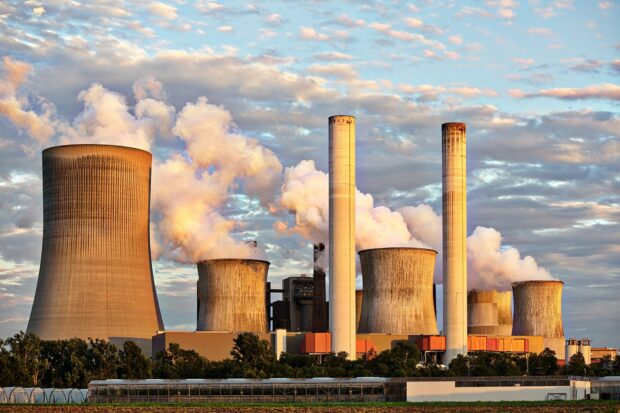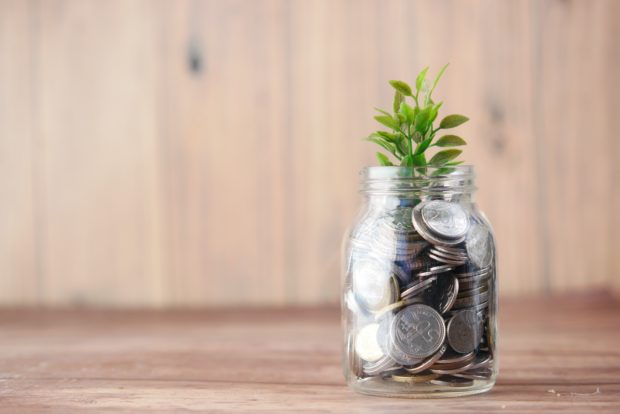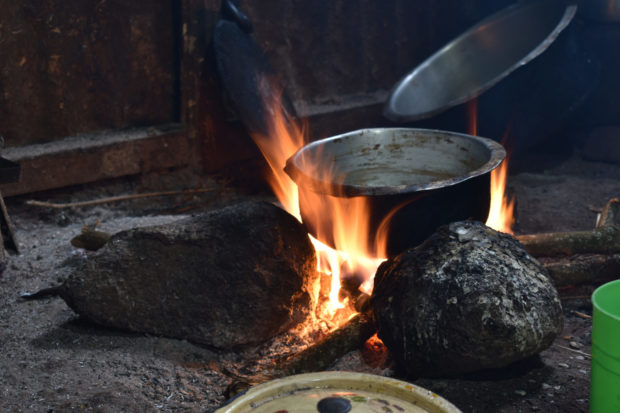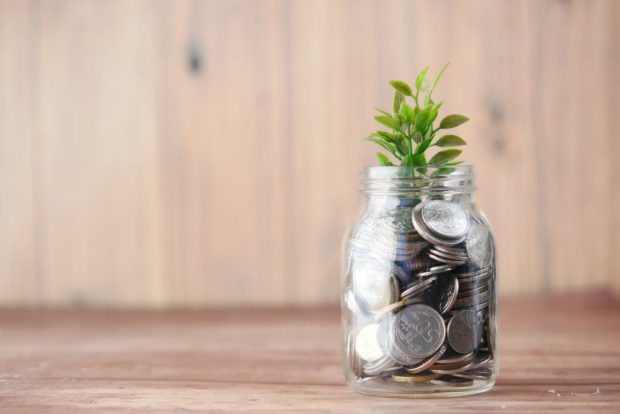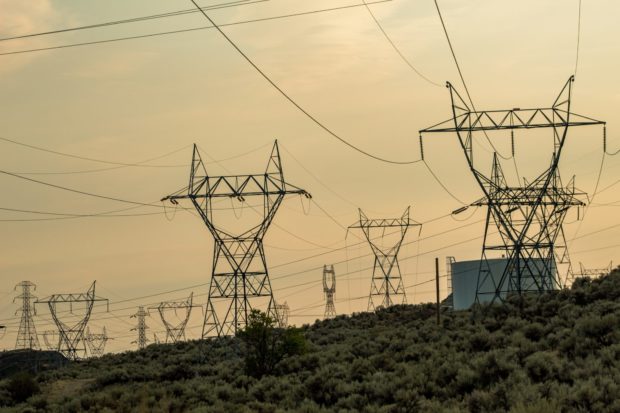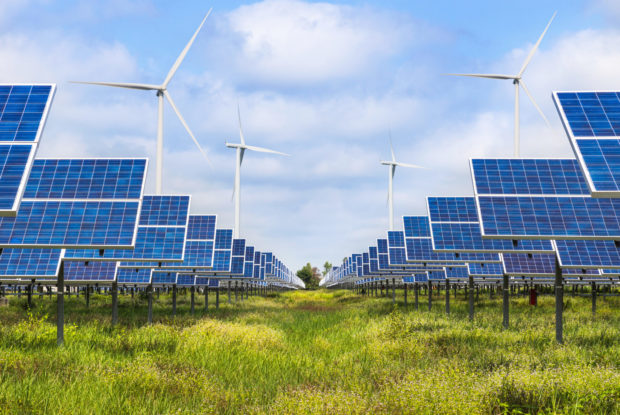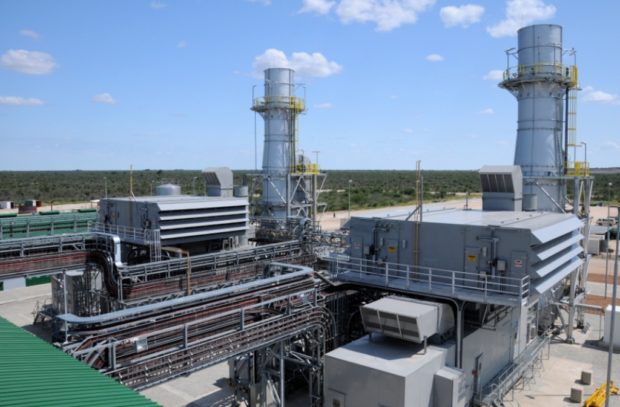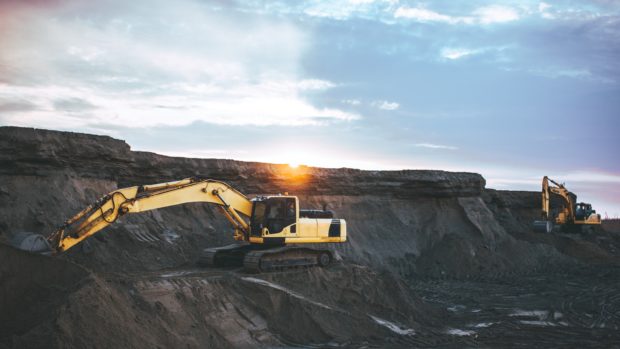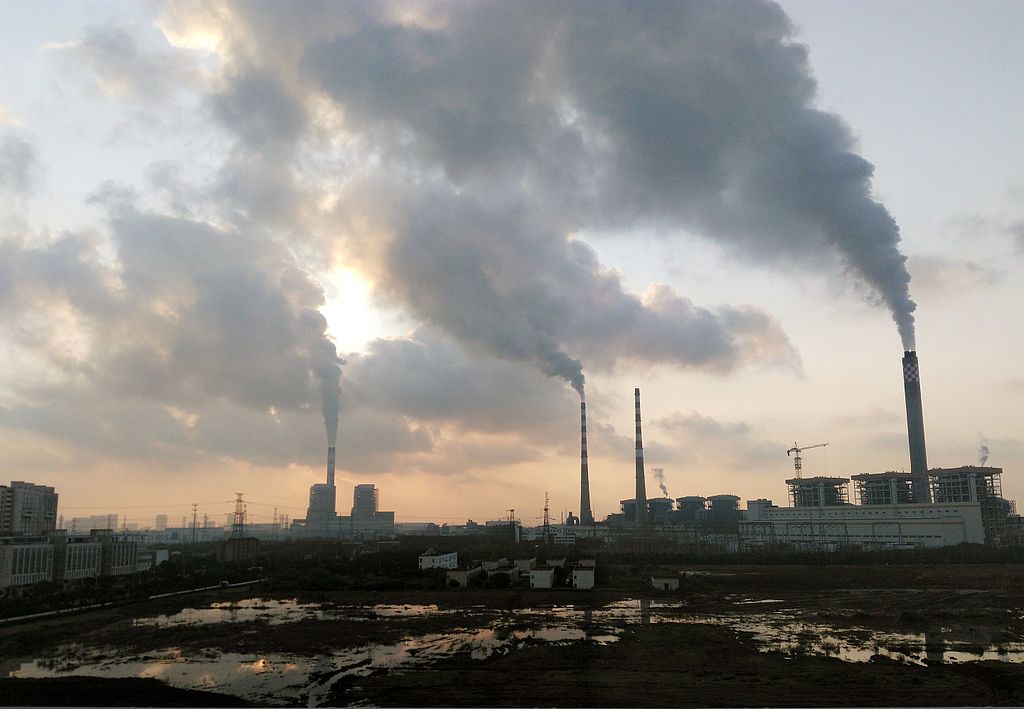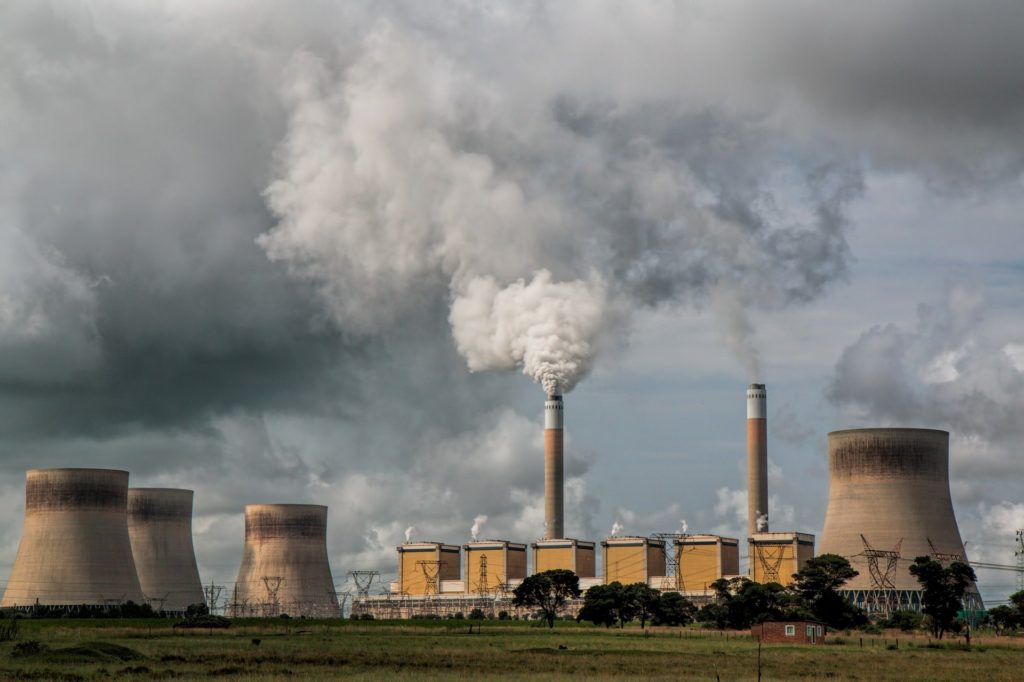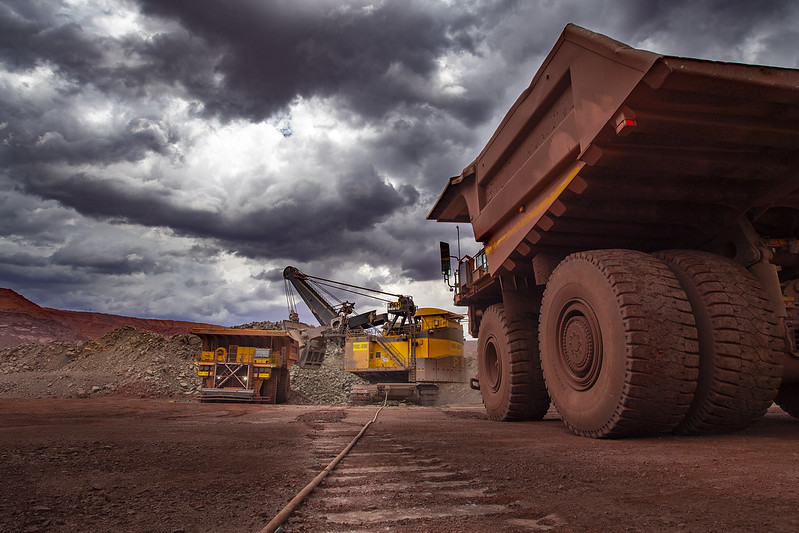Archive: Coal
Mpumalanga province is not typically known for wind and solar generation, but there are major advantages to encroaching on coal country.
Coal is the world’s dirtiest energy. A just transition from coal mining will profoundly benefit people and the environment.
Air pollution is the world’s most critical environmental health risk. South Africa’s use of fossil fuels produces hundreds of millions of tonnes of emissions annually.
Renewable energy funds are a vital tool for South Africa’s green energy transition. They can pay for everything from infrastructure upgrades to mine rehabilitation.
Energy is essential for the functioning of any modern economy. South Africa’s Central Energy Fund (CEF) does the vital job of maintaining that energy supply.
Since 2003, the South African government has been funding free electricity for the poorest households. This is because it recognises that poverty is a barrier to electricity access.
COP26 saw South Africa make a public commitment to greening its economy. But, can non-renewable resources be part of this transition?
This phase-down of coal will bring significant changes to South Africa. This makes the need for a just transition away from coal fundamental to ensure no one is left behind.
Coal’s dominance in South Africa’s electricity mix – totalling 90 per cent of electricity generation – means the rising price of coal is making bills more expensive.
The National Energy Regulator of South Africa (NERSA) is the regulatory body for the country’s energy industries. It regulates the electricity, gas and petroleum pipeline industries.
South Africa’s Integrated Resource Plan (IRP) is the country’s long-term energy plan until 2030. It became official government policy in October 2019.
South Africa is a coal-dependent country. Coal makes up 74 per cent of the country’s total electricity supply. In the first quarter of 2021, 81.8 per cent of South Africa’s electricity came from coal.
Carbon dioxide is a chemical compound that presents as a gas in the Earth’s atmosphere. It consists of one carbon atom and two oxygen atoms.
Load shedding happens when selected sections of South Africa’s electricity grid are shut down. In literal terms, Eskom, the country’s power utility, “sheds” a certain “load” – or amount – of electricity from the national grid.
Since 2006, the amount of gas in the atmosphere has increased, according to NASA. The oil and gas industry has caused the majority of methane gas emissions since 2006, NASA says.
South African mining houses are gravitating towards ‘green’ metals. This is in addition to investing in renewable energy projects to power their operations.
Banking group FirstRand, which houses FNB and RMB, has joined Nedbank in withdrawing its support for coal-fired power projects.

